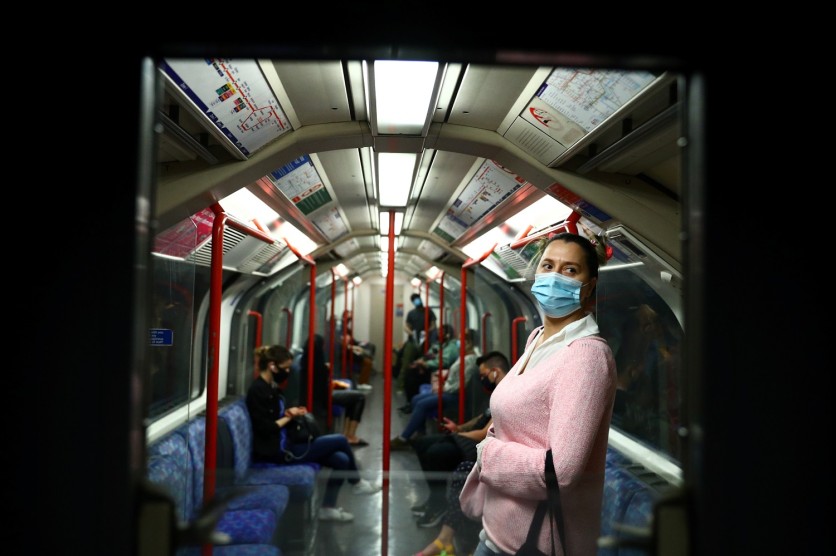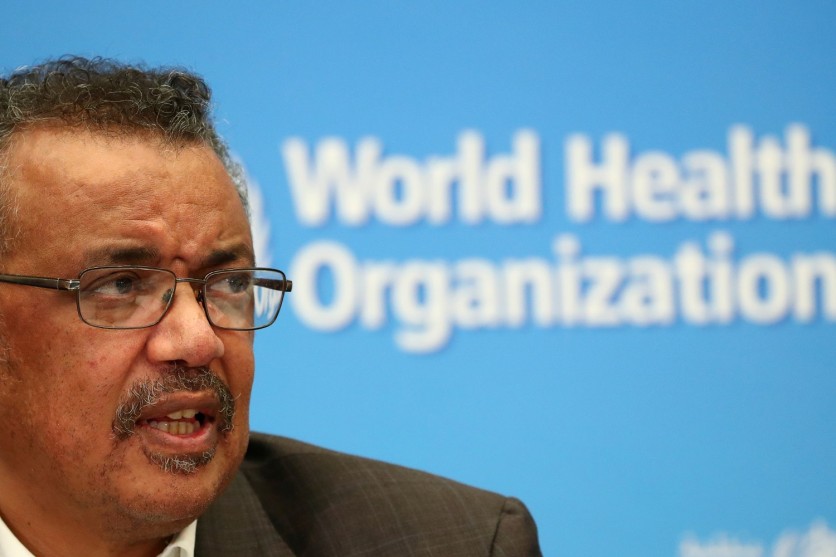The World Health Organization has issued a new brief summarizing the different ways coronavirus can be transmitted on Thursday, July 9.
In the 10-page brief, researchers listed all methods of spreading the coronavirus. Primarily, the virus can be transmitted through close contact. Droplets are expelled when an infected person sneezes, coughs, or talks spreading the virus over greater distances and through contaminated areas. Other possibilities of transmitting the virus include having contact with feces, blood, and urine as well as passing on from animals to humans and from mother to child.
According to an NPR report, based on evidence, the WHO maintains that the virus is mostly spread through close contact while the agency urges further research into the transmission by aerosolized particles.

The brief came after the publication of an open letter from 239 scientists asking the agency to reconsider its position on the aerosol transmission on Monday, July 6. This type of transmission refers to microdroplets that linger in the air and infect people who breathe these tiny particles.
The letter stated that most public health organizations, including the WHO, do not consider the airborne transmission. The scientists also acknowledge the importance of proper handwashing and social distancing. However, they thought these measures are insufficient to protect people from the virus floating on air through respiratory microdroplets emitted by infected people.
WHO's technical lead for infection prevention and control Dr. Benedetta Allegranzi said at a press conference on Tuesday, July 7, that while some evidence supporting this theory emerge, these are not yet definitive. Allegranzi also noted the possibility of airborne transmission in public cannot be ruled out, especially in a closed, crowded, and poorly-ventilated environment.
WHO's brief cites certain outbreak reports that are related to crowded indoor spaces that suggest that a combination of aerosol and droplet transmissions is possible. However, these may have resulted from droplets transmission and touching infected surfaces.
Scientists disappointed of the WHO brief
WHO upholds its position that special aerosol precautions are only required in hospital settings, particularly when attaching a ventilator into a patient.
However, scientists are somehow disappointed of the brief published by the WHO. University of Maryland aerobiologist Dr. Donald Milton said he has "mixed feelings" towards the latest WHO brief.

Director-General of the World Health Organization (WHO) Tedros Adhanom Ghebreyesus speaks during a news conference after a meeting of the Emergency Committee on the novel coronavirus (2019-nCoV) in Geneva, Switzerland January 30, 2020.
"I'm glad to see they've moved a little bit. I'm disappointed they didn't move further," Milton commented. Milton is a lead author on the open letter that urges WHO to put more attention to aerosol transmission.
He also maintained his belief that aerosols could be responsible for superspreading events like the choir practice in Washington state.
Although this statement is already included in WHO's first guidance on coronavirus prevention and control published on January 10, the new scientific brief emphasizes on additional instructions such as wearing facial masks when physical distancing is difficult as well as eluding enclosed, crowded, and poorly ventilated spaces.
How does the coronavirus disease spread?
For weeks, WHO officials have been working on a brief that summarizes evidence on the various modes of transmission. Here is what we know about the various ways COVID-19 can spread:

Droplet
A virus-filled breath particle of breath emitted from the nose or mouth of an infected individual when they cough, sneeze, breathe, or speak. These droplets float in the air and fall a few feet from the infected person. The virus can enter another individual's body through the eyes, nostrils, or mouth.
This mode of transmission is considered the most frequent mode of transmission by WHO and the U.S. Centers for Disease Control and Prevention.
Aerosol
Like a droplet, the aerosol is expelled from an infected person's mouth by breathing, speaking, coughing, or sneezing, although aerosol particles remain floating in the air. A person breathes in these tiny virus particles that may be traveling on air.
Although aerosols may have some contributions toward the spread, the amount it contributes to the spread is still subject to further research since it is also still unclear how long the virus lingers in the air, how far it travels, and how commonly it spreads this way.
Fomite
Fomite is an object covered with virus particles such as a countertop or a phone when an infected person who recently sneezed or coughed respiratory droplets onto it. The particles may last for several hours or days.
Read also: This Hidden Device in Office Could Kill 99.8% of COVID-19
ⓒ 2025 TECHTIMES.com All rights reserved. Do not reproduce without permission.




